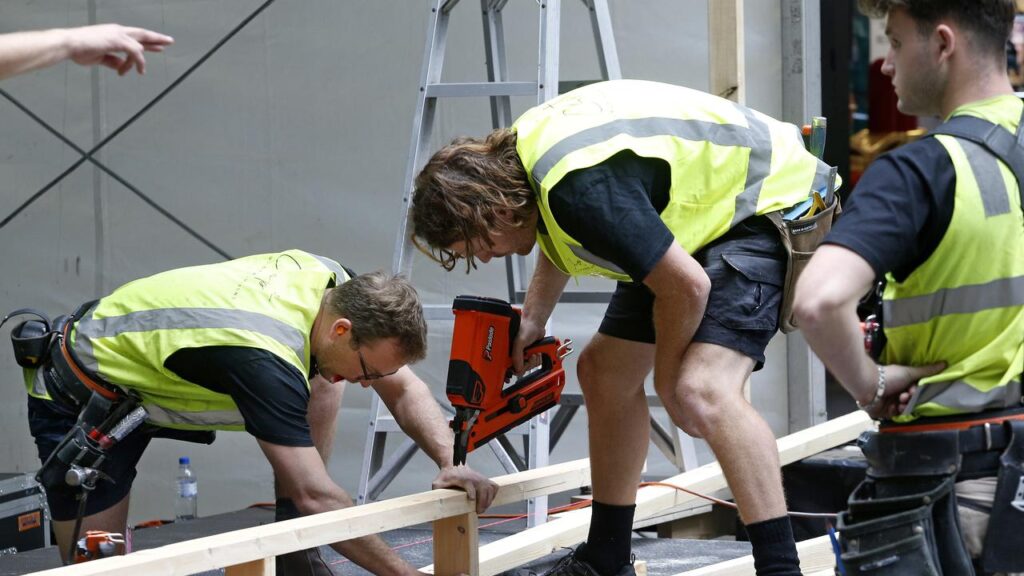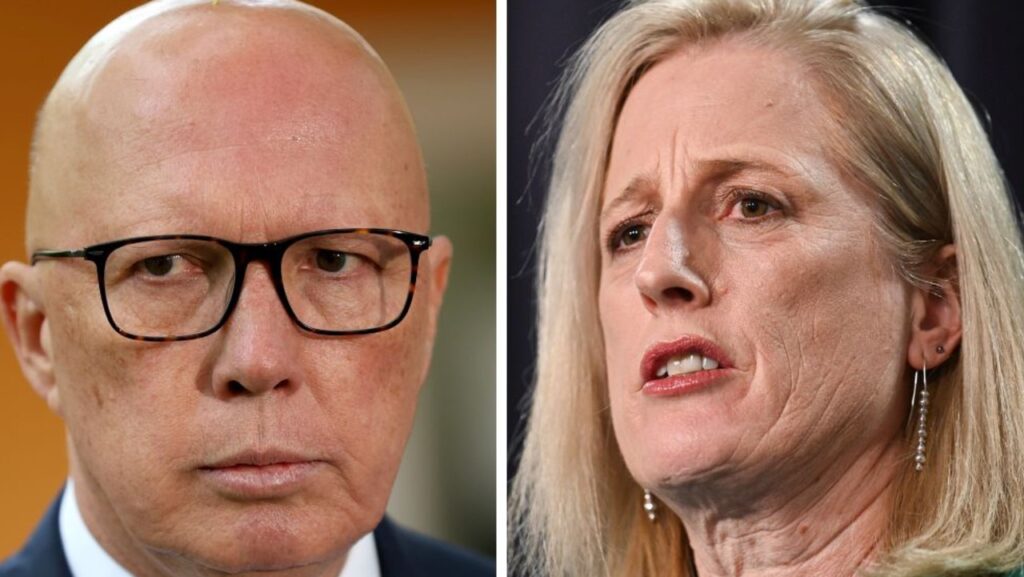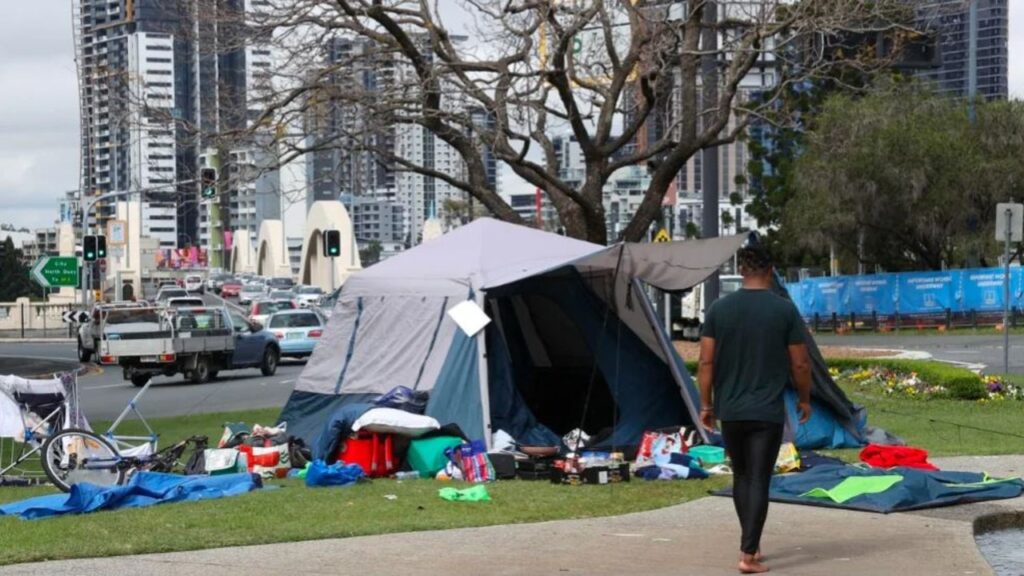Why northern Australia will be ‘unliveable’
Written by admin on May 19, 2024
Australia’s north will be “unliveable” in the coming decades because the heat and humidity will be so intense that it will be deadly for humans, experts have warned.
They say the lethal heat will start emerging at certain times of the year, making it impossible for humans to be outdoors for more than six hours.
Climate scientist Bill Hare said areas such as Broome and Katherine, as well as parts of Asia and Africa, would soon be unliveable if the temperature increased by just 1.5 degrees.
“You would not be able to enjoy Cable Beach for large parts of the year,” he said.
“We are already seeing small periods of lethal heat in South Asia, West Asia and South East Asia where there have already been reports of mortality occurring.
“It is already getting toward the limit of human liveability.”
Mr Hare is chief executive and senior scientist with Climate Analytics – a global climate science and policy institute supporting climate action aligned to the 1.5C warming limit.
In 2003, a study published in the scientific journal Comptes Rendus Biologies found more than 70,000 people died in Europe from lethal heat.
It was the hottest summer recorded in Europe since 1540, which lead to drought, food shortages and tens of thousands of people dying.
Mr Hare said for cities like Perth, which is currently experiencing its longest period of dry heat and no rain, scientists did not expect to see a lethal combination of humidity and heat in the next 25 years, but northern parts of Australia would.
He said some areas in the Kimberley region had already felt small bursts of lethal heat, killing cattle and native animals.
“It will happen slowly and gradually, the weather will become really extreme and it will get worse and worse,” Mr Hare said.
“There is only one way to limit this damage, but you won’t eliminate it, people will need to adapt to it.”
Mr Hare said carbon emissions needed to reduce by 50 per cent in the next decade and Australia needed to reach net zero by 2050.
“In the last 10 years, the largest increase in carbon dioxide and global warming came from fossil fuel emissions,” he said.
“Coal is being phased out, and the same thing needs to apply to gas, it should already be reducing.
“The federal government needs to step off supporting gas and go full throttle on supporting renewables.
More Coverage
“They talk about Australia being a green energy super power, but it also doesn’t address the changing market for energy.”
A spokesperson for Climate Change and Energy Minister Chris Bowen said in the past 22 months the government had introduced policies that would have Australia on track to reach the 2030 emissions reduction target of 43 per cent.
This year’s federal budget allocated $22.7bn to build industries in Australia such as green hydrogen, critical minerals and solar manufacturing that would support decarbonisation here and across the globe, the spokesperson said.







